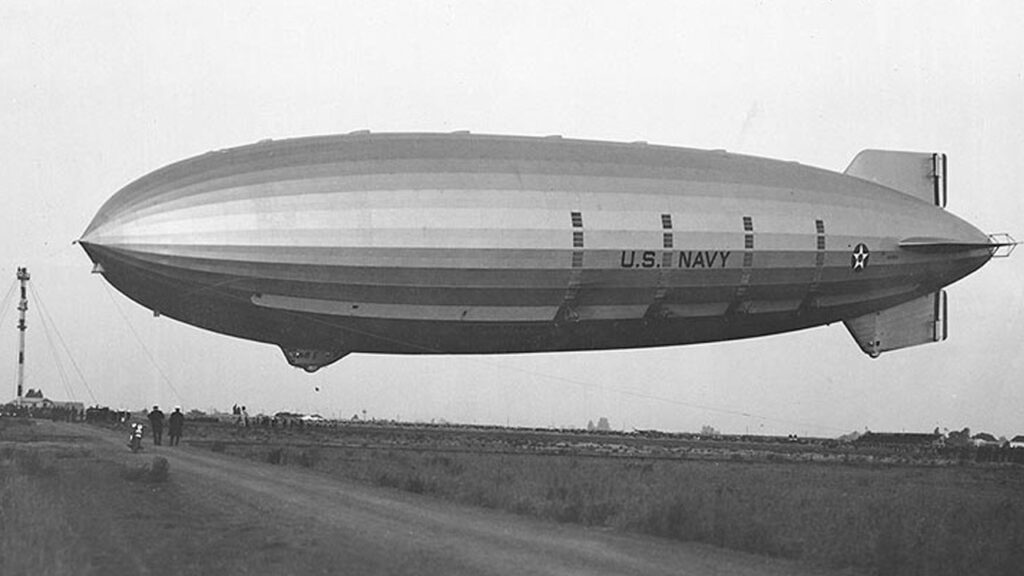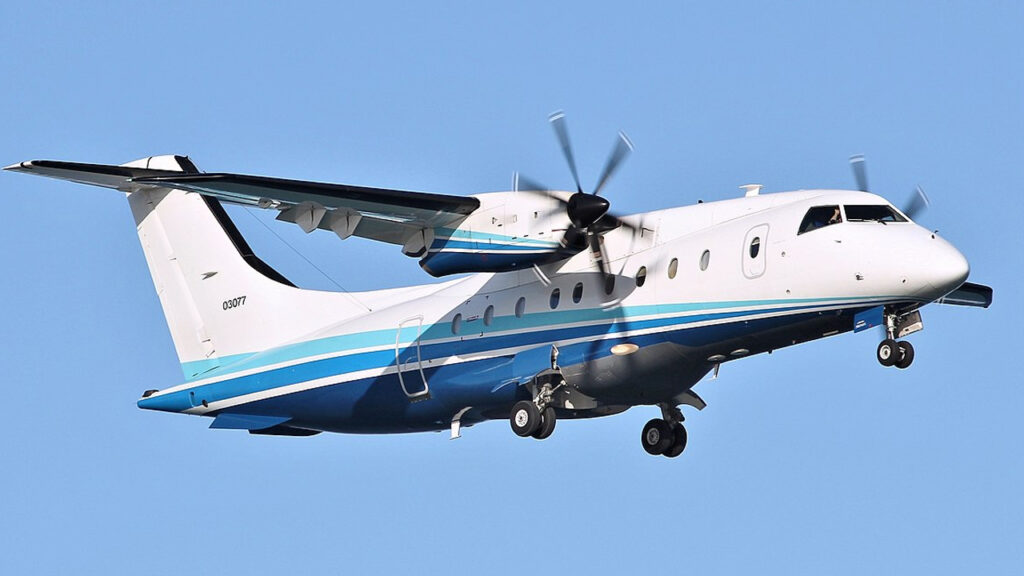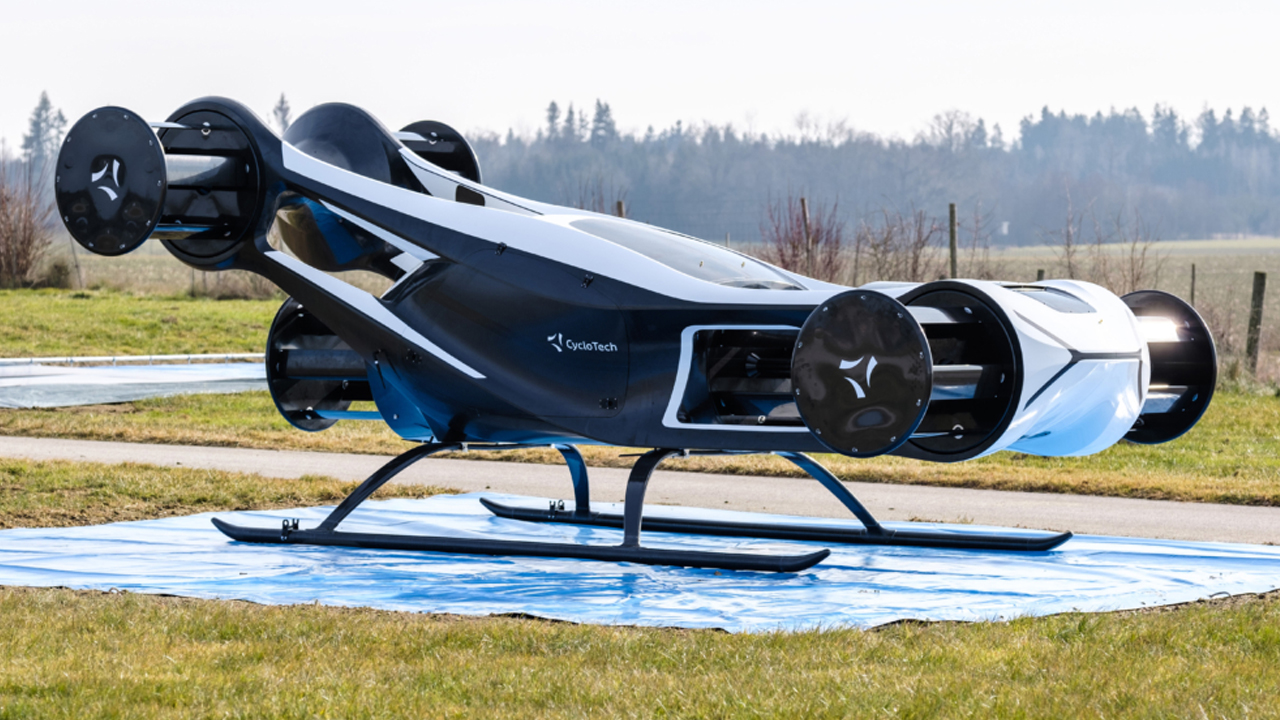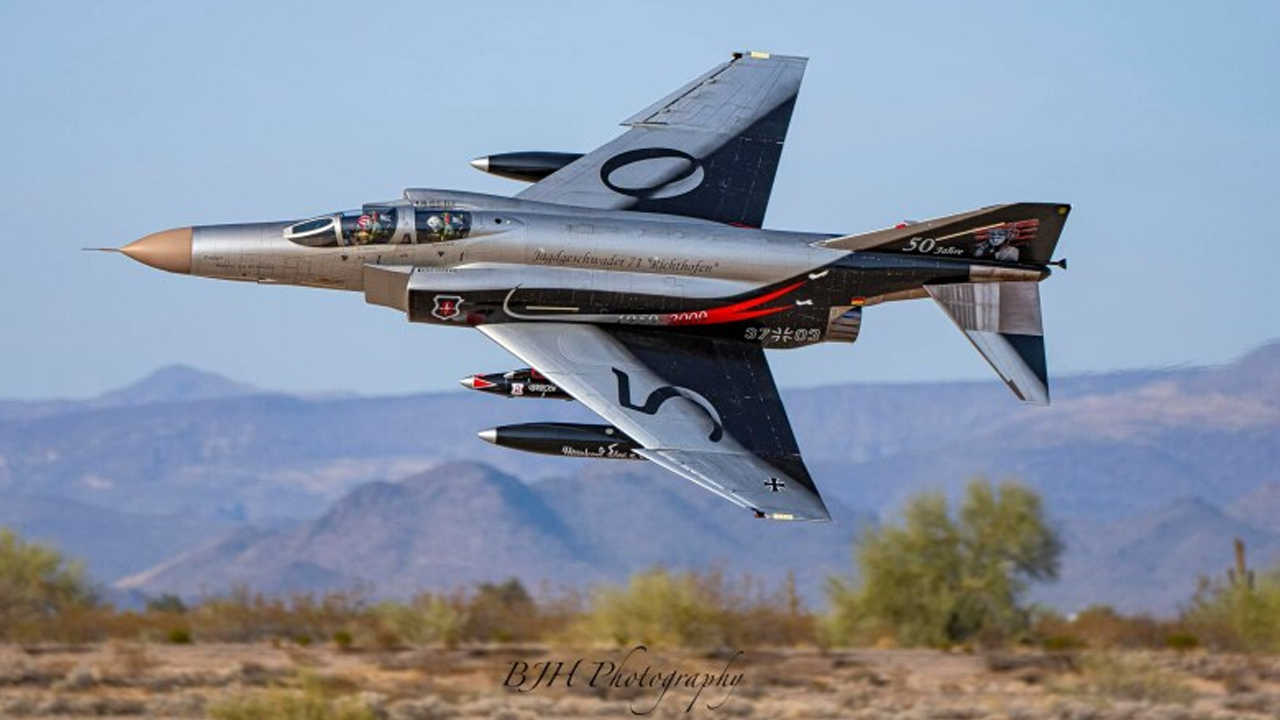Back in the 1970s, U.S. military planners toyed with a concept that sounded more like science fiction than strategy: turning a Boeing 747 into a full-fledged flying aircraft carrier. The plan called for a heavily modified jumbo jet capable of deploying and retrieving microfighters mid-air. These lightweight escorts would be launched through belly bays and reeled back in during flight—no landing strip required. As detailed by Fighter Jets World, the idea was ambitious but technically plausible. Still, the logistics of docking aircraft in-flight and the lack of a viable microjet doomed the project before it ever took off.
Historical Precedents and Evolution

The flying carrier idea wasn’t new. In the 1930s, the U.S. Navy flew airships like the USS Akron and USS Macon, which launched small fighters via a trapeze system. Both were lost in accidents, and the concept lay dormant until Cold War engineers began sketching even bolder ideas—like the Lockheed CL-1201, a nuclear-powered flying wing designed to carry up to 22 fighters. While visually stunning, the designs remained on paper due to engineering limits and shifting strategic needs. One breakdown of the CL-1201’s staggering scale and vision is outlined by Found and Explained.
Modern Developments and Future Prospects

In today’s defense ecosystem, the concept is finding new life—just not with manned jets. DARPA’s Gremlins program is testing how autonomous drones can be launched and recovered from a mothership aircraft, eliminating the need for traditional runways altogether. The vision involves reusable drones deployed in swarms, performing reconnaissance or strike missions before returning to their host plane. The Gremlins program page details ongoing milestones and signals that the flying aircraft carrier dream isn’t dead—it’s just getting smarter.








